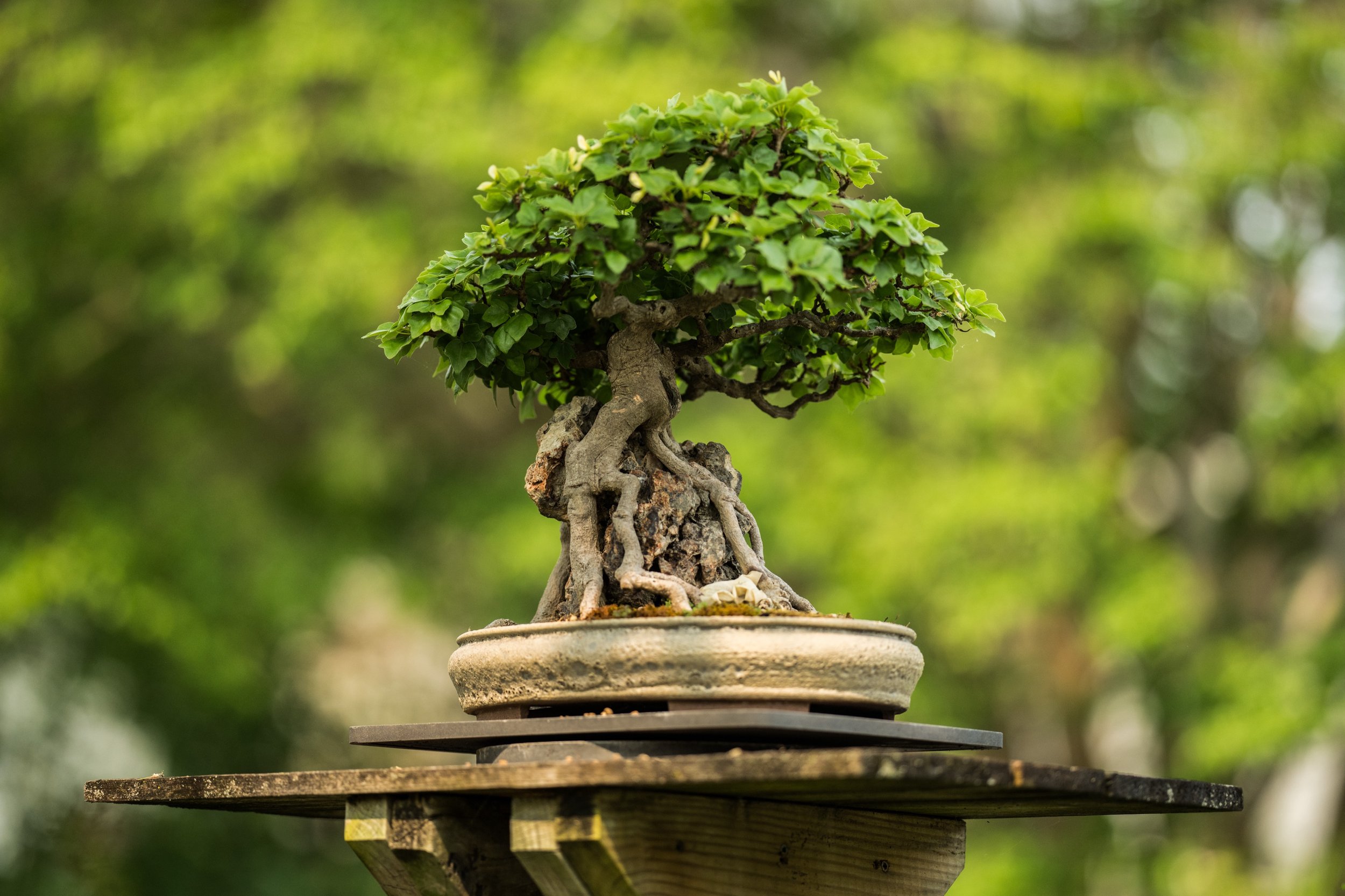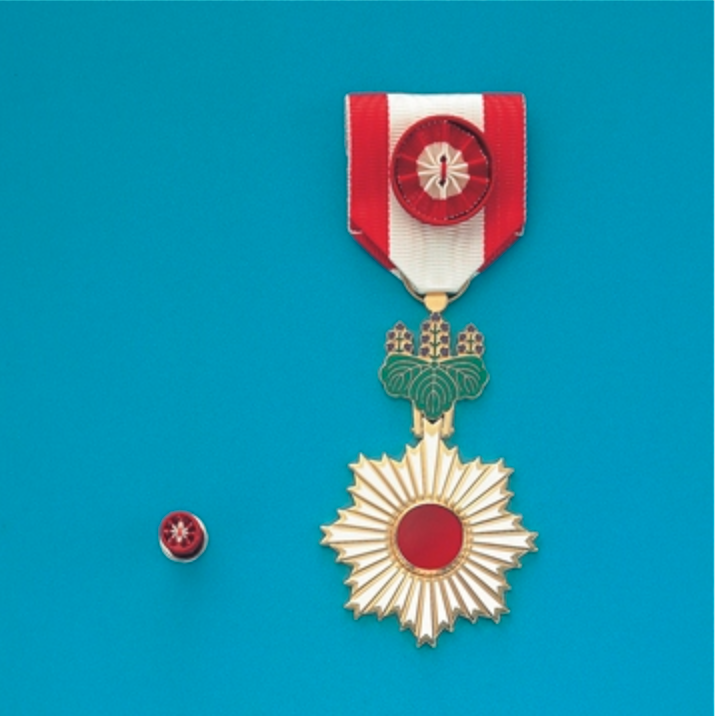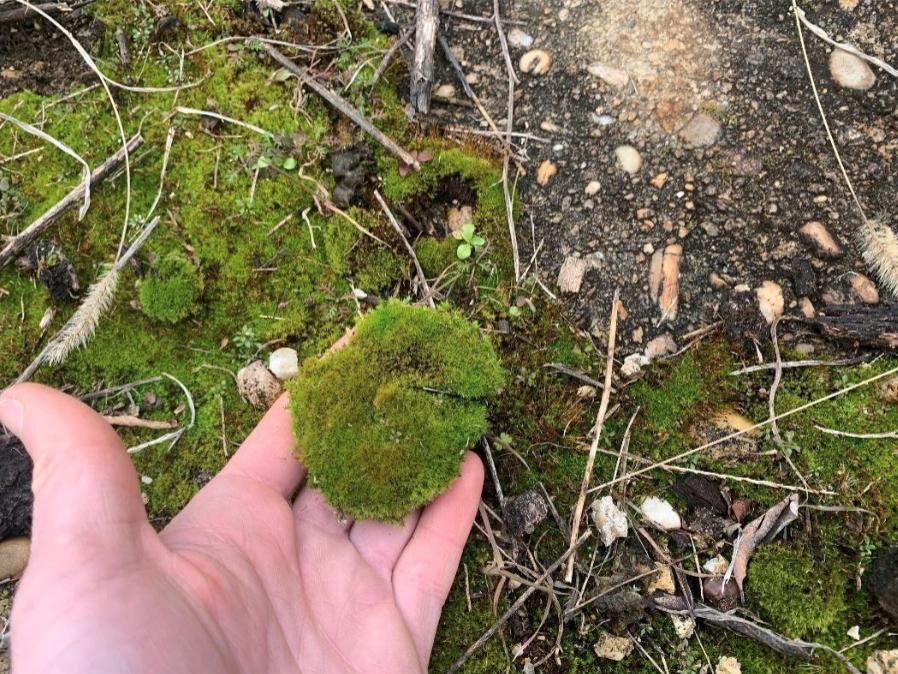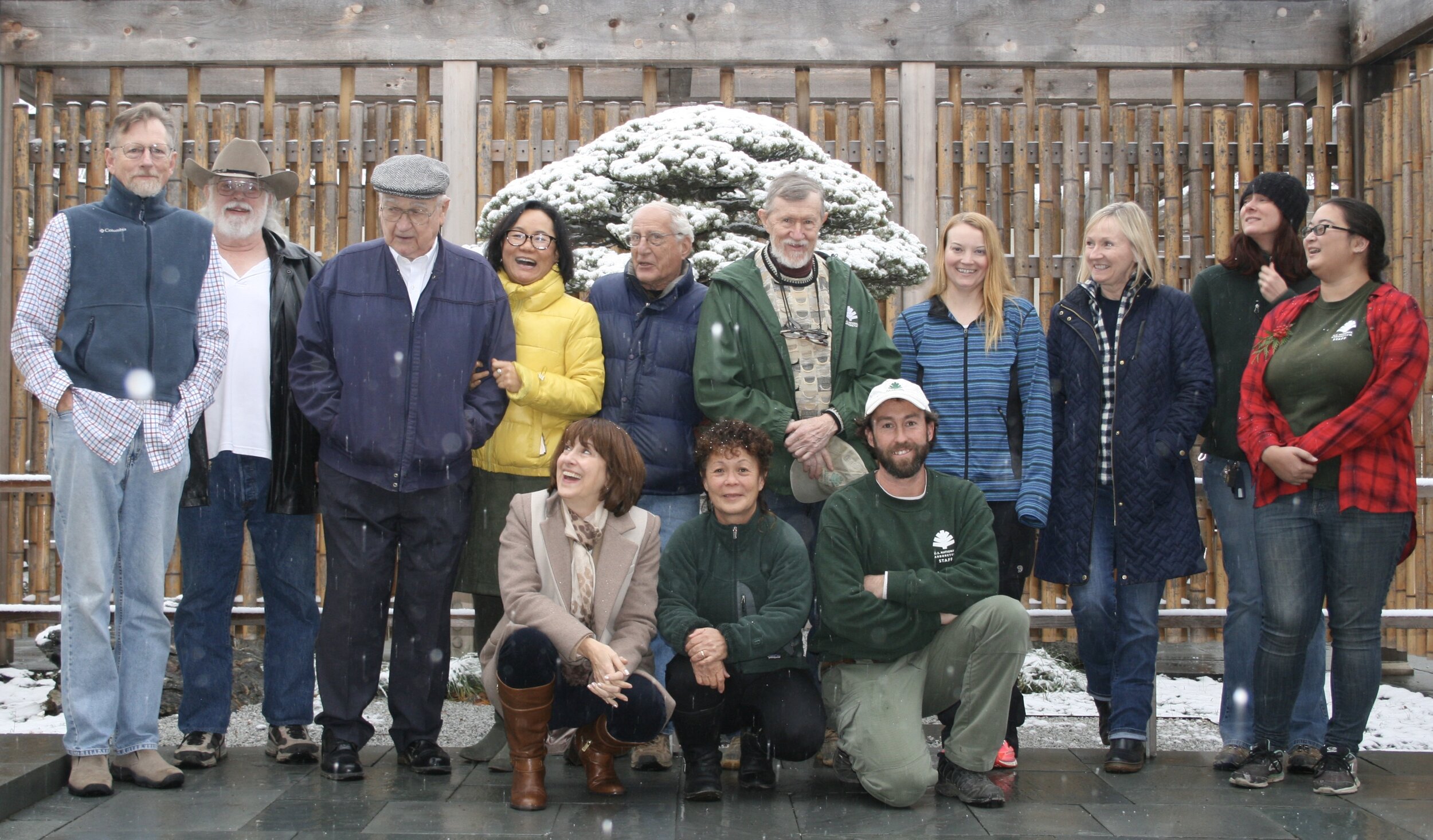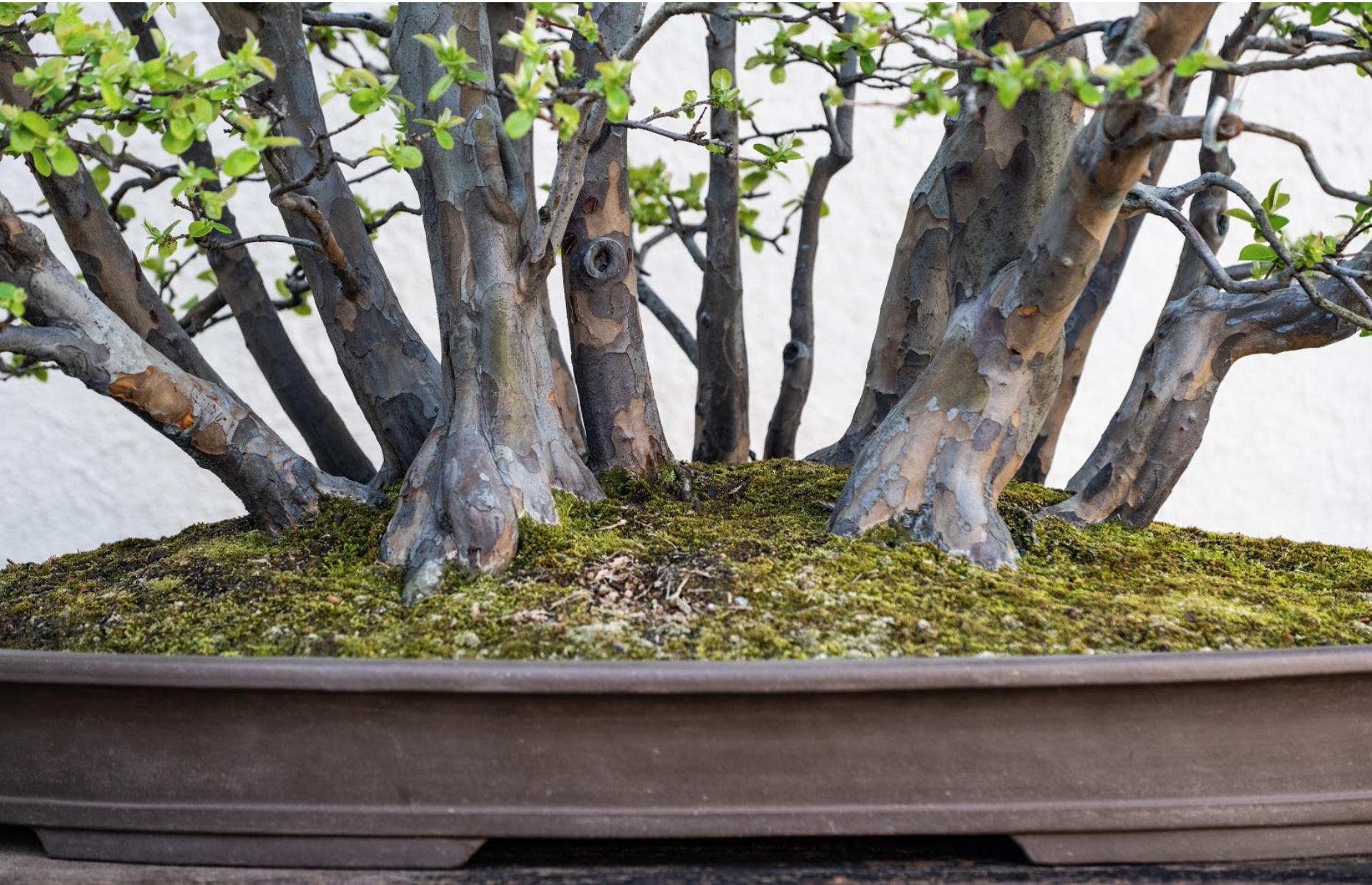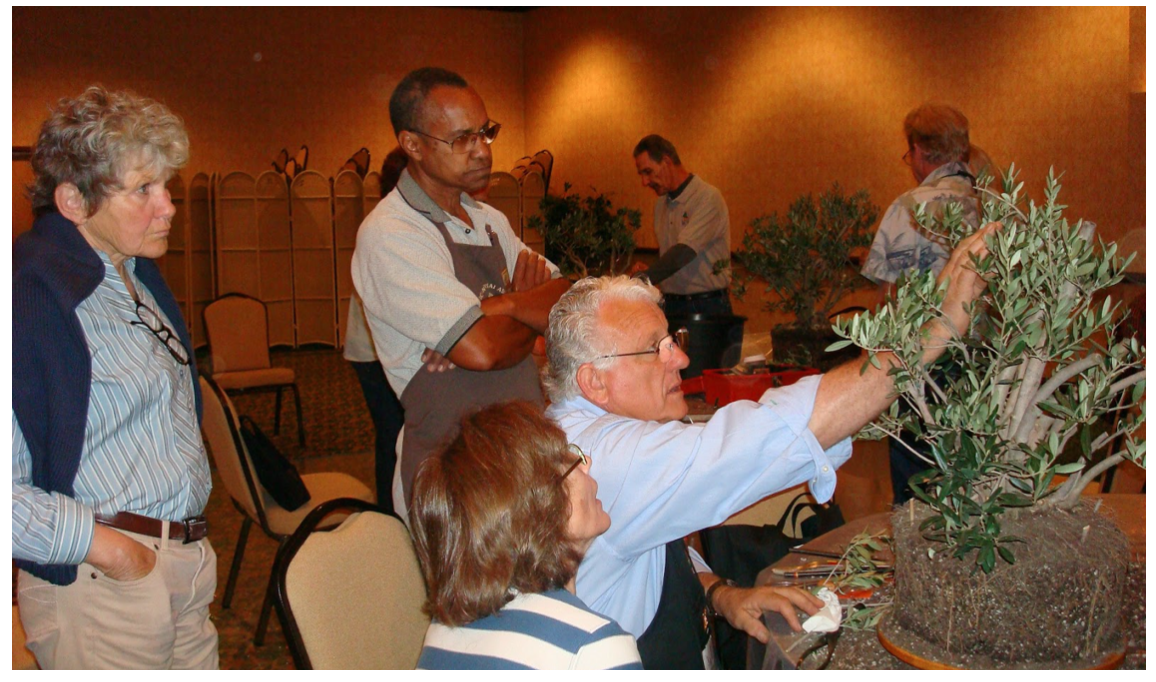We are thrilled to announce that National Bonsai Foundation’s Board of Directors Member Ann McClellan and author of BONSAI AND PENJING: AMBASSADORS OF PEACE AND BEAUTY (available for purchase) will be honored by the Government of Japan by receiving a 2021 Spring Imperial Decoration. See the press release issued by the Japanese Embassy in the U.S. below.
Ann McClellan (by Kenji)
2021 Spring Conferment of Decoration
Ms. Ann McClellan
Issued by Embassy of Japan in the United States
On April 29, 2021 (Japan Time), the Government of Japan announced the foreign recipients of the 2021 Spring Imperial Decorations. Author and writer Ann McClellan, is among this year’s foreign recipients, and in recognition of her contributions of introducing Japanese culture and promoting friendly relations between Japan and the United States, she will receive the Order of the Rising Sun, Gold and Silver Rays.
Order of the Rising Sun, Gold and Silver Rays
DECORATION: Order of the Rising Sun, Gold and Silver Rays
SERVICE: Contributed to introducing Japanese culture and promoting friendly Japan-U.S relations
NAME: Ann McClellan
MAJOR TITLES: Author and Writer
ADDRESS (NATIONALITY): U.S.A (United States of America)
SUMMARY OF CONTRIBUTIONS
Ann McClellan has played an important role in strengthening the Japan-U.S. relationship. She has made exemplary contributions to promoting mutual understanding between Japan and the United States through her captivating written work, including "The Cherry Blossom Festival: Sakura Celebration" and "Bonsai and Penjing: Ambassadors of Peace & Beauty.” Through her writing, presentations and appearances at various conventions and events, she has imparted an appreciation and awareness of the art of Japanese bonsai and the history of the cherry blossom trees, which remain an enduring symbol of the Japan-U.S. friendship.


